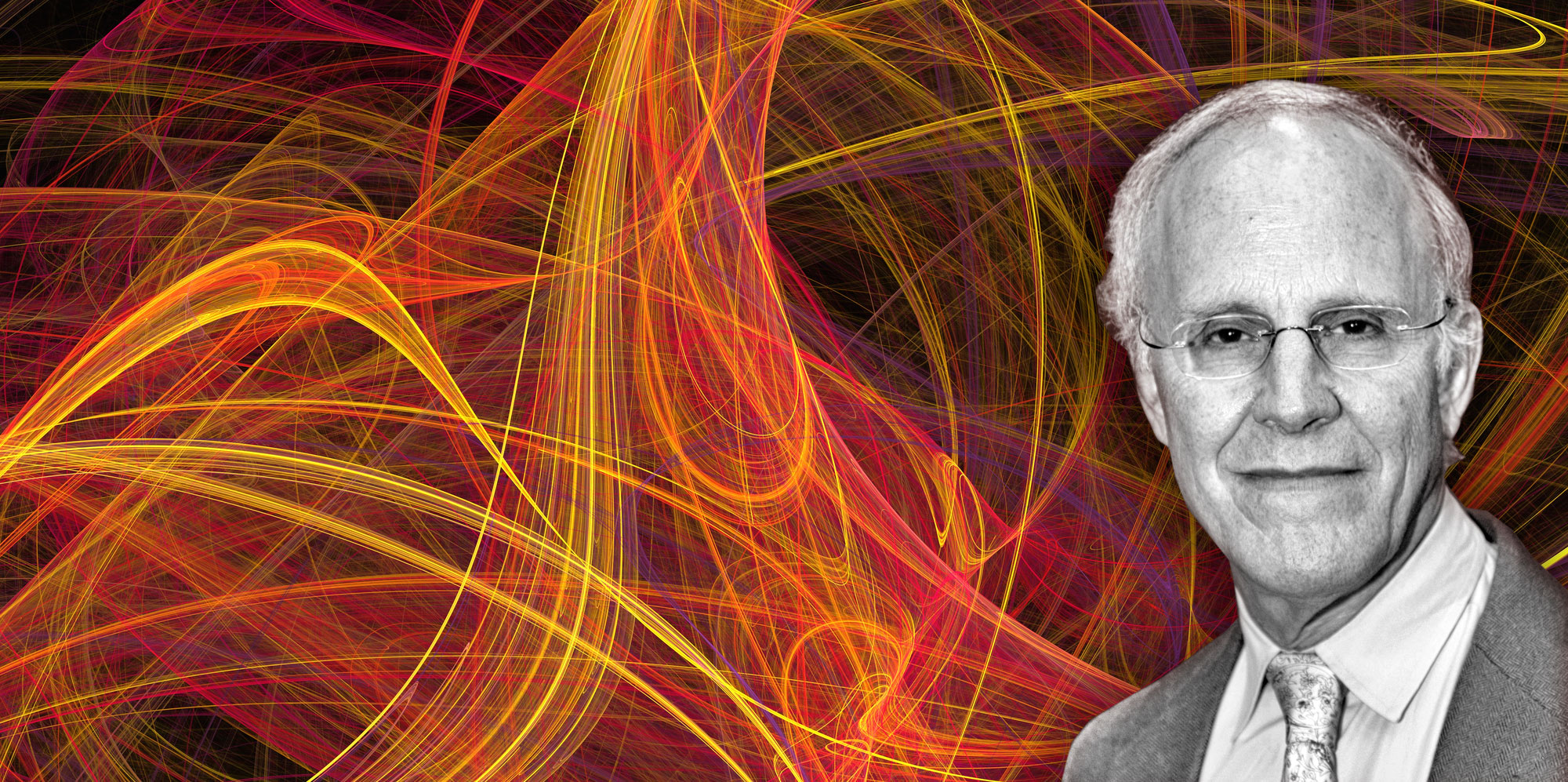Paul Bernays Lectures 2017
David Gross, University of California, USA
David Gross is Chancellor's Chair Professor of Theoretical Physics and former director of the Kavli Institute for Theoretical Physics at the University of California, Santa Barbara. Questions about renormalization in particle physics, symmetries in physics, and the relation between quantum theory and gravitation belong to his main fields of research. In 2004 he received the Nobel Prize in Physics for his discovery of the asymptotic freedom according to which the closer quarks are to each other, the weaker is the interaction between them. Gross’ discovery of asymptotic freedom was central to the development of quantum chromodynamics.
Portrait on ETH News: From the nucleus to CERN or the colours of freedom in particle physics
A century of quantum physics – from nuclear physics to string theory and beyond
Lecture 1: A century of nuclear physics
Tuesday, 12 September 2017, 5.00 p.m.
Abstract
I review the one hundred year history of the nuclear force from Rutherford’s discovery of the nucleus, to the development of Quantum Chromodynamics and to the modern perspective of string theory. I focus on the development of the theoretical and conceptual framework: from quantum mechanics to quantum field theory, from S-matrix theory to QCD, and from QCD to string theory.
Lecture 2: Quantum field theory: past, present, future
Wednesday, 13 September 2017, 2.15 p.m.
Abstract
Fields have dominated our understanding of fundamental physics from Faraday and Maxwell’s theory of electromagnetism, Einstein’s theory of gravity, to Quantum Field Theory, the framework for the standard theory of elementary particles. I shall describe our ever-evolving understanding of quantum field theory, and how it is changing with insights from string theory.
Lecture 3: Gauge – gravity, or open – closed string duality
Wednesday, 13 September 2017, 4.30 p.m.
Abstract
From the beginning of string theory, the relationship between open strings that describe flux tubes in gauge theories, and closed strings that describe gravity, has been central. A precise version of this duality, AdS/CFT, has dominated research in string theory and quantum field theory for the last two decades. I shall review the lessons and applications of AdS/CFT and discuss a new class of solvable ("melonic" or tensor) models.
